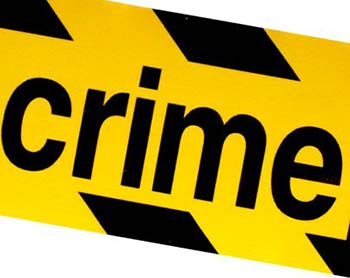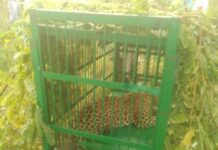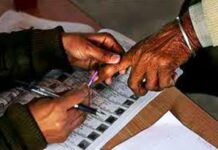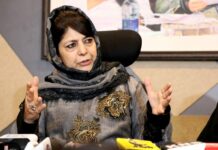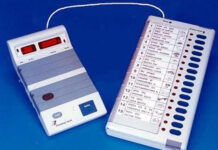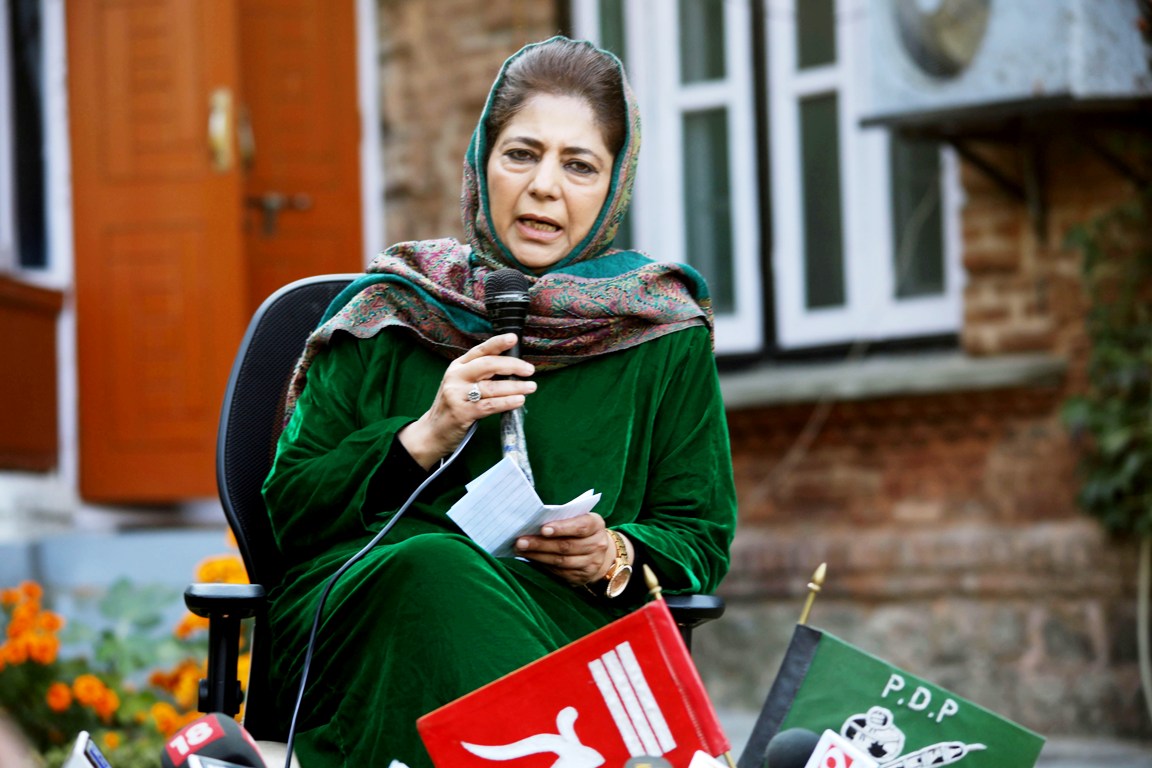SRINAGAR: The Executive Committee’s meeting for the revival/restoration/conservation of the architectural heritage of J&K UT was held on Friday in the meeting hall at Civil Secretariat Srinagar under the chairmanship of the Chief Secretary, Dr Arun Kumar Mehta.
The meeting was attended by Sarmad Hafeez, Secretary Tourism; Rahul Pandey, Director at Archives, Archeology, and Museums; Chief Town Planner Kashmir and various other officials/officers attended the meeting through VC.
At the outset, Rahul Pandey Director at Archives, Archeology, and Museums briefed the committee about the mandate of the scheme highlighting the objectives of the scheme and the progress made on the scheme so far. He also presented before the committee the DPRs of 35 sites — to be executed in the first leg of the scheme. Out of these 35 sites, 17 are based out of Kashmir Division and 18 sites are from Jammu Division.
A multi-dimensional approach for the revival of these 35 sites has been taken into consideration which involves the inclusion of some additional developmental components: landscaping, approach path, directional & informational boards, public amenities, clean-drinking water facility, facade-lighting, boundary wall, etc. over and above the structural component. The overall and component-wise financial breakup of the DPRs was also presented before the committee.
While reviewing the progress, CS said that the restoration of the heritage and architectural sites of J&K is a priority of the government and coordinated efforts have to be taken up to restore the sites to their original positions. He directed the officers/officials to formulate and finalise short, medium, and long term plans for revival, restoration, preservation, and maintenance of architectural and heritage sites of J&K. He said that the short term plans should be immediately executed which include components like landscape, approach road, lighting, information boards, public amenities and the rest of the things that fall under long term plan will automatically follow.
He said that the heritage sites should be made a happening place for the people in consultation with the stakeholders as per the approved action plan and said that once people will start visiting the places it will create ripple effects. He added that the whole exercise is apparently aimed at preserving religious, heritage, and cultural sites in Jammu and Kashmir to which the multitude pay obeisance and these sites represent the composite culture of J&K.
After a comprehensive presentation and detailed discussion, the Executive Committee has given its approval for the execution of all the 35 projects. The committee has also approved the hiring of heritage consultancy services for efficient and expedited execution of the projects. In the next meeting of the committee, the Department of Archives, Archeology, and Museums in consultation with the respective District Administrations shall take up additional heritage sites. As per the directions of the CS, the attempt is to revive/restore/maintain 150 sites in total comprising 75 Sufi sites and 75 other heritage sites of varied cultural, religious, and historical importance.
In addition to that, a conceptual idea of “Heritage Mapping” was also presented before the committee by Daksh Dev, a Lieutenant Governor’s Sustainable Fellow working with the Department of Culture J&K UT. The idea was aimed towards creating a digital footprint of the heritage sites and linking it with google maps to educate/inform and assist the tourists/travellers visiting J&K UT. Convinced with the idea, the Executive Committee suggested working towards the inclusion of local stakeholders and individuals for benefit of the people of J&K UT. Once, with coordinated efforts, these sites are revived to their original positions the livelihood activities of various stakeholders and locals will increase.


